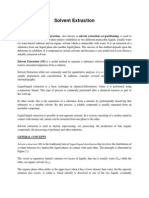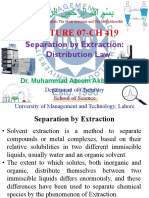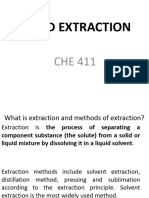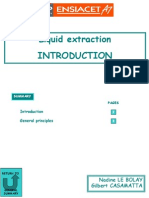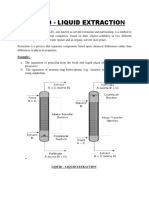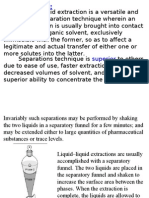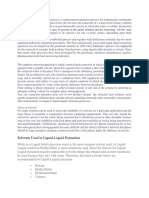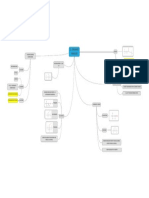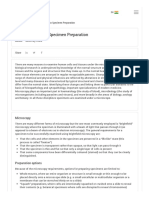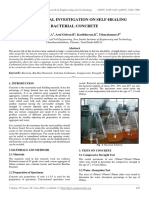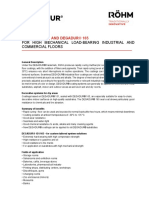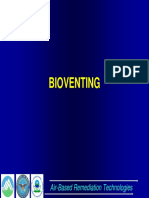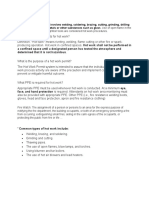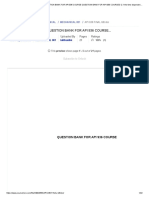0% found this document useful (0 votes)
8 views11 pagesSolvent Extraction Notes
Unit 3 covers solvent extraction techniques, which are essential for separating mixtures and purifying substances in analytical chemistry. It discusses the principles, classifications, and efficiency of solvent extraction, as well as mechanisms like solvation and chelation. The unit aims to equip learners with the ability to explain extraction concepts, differentiate types, and understand the distribution and extraction processes.
Uploaded by
likhith ravinderCopyright
© © All Rights Reserved
We take content rights seriously. If you suspect this is your content, claim it here.
Available Formats
Download as PDF, TXT or read online on Scribd
0% found this document useful (0 votes)
8 views11 pagesSolvent Extraction Notes
Unit 3 covers solvent extraction techniques, which are essential for separating mixtures and purifying substances in analytical chemistry. It discusses the principles, classifications, and efficiency of solvent extraction, as well as mechanisms like solvation and chelation. The unit aims to equip learners with the ability to explain extraction concepts, differentiate types, and understand the distribution and extraction processes.
Uploaded by
likhith ravinderCopyright
© © All Rights Reserved
We take content rights seriously. If you suspect this is your content, claim it here.
Available Formats
Download as PDF, TXT or read online on Scribd
/ 11



